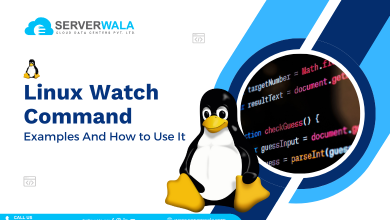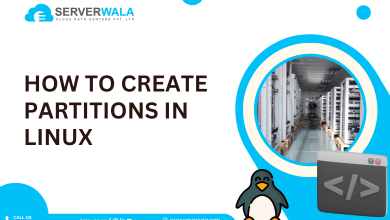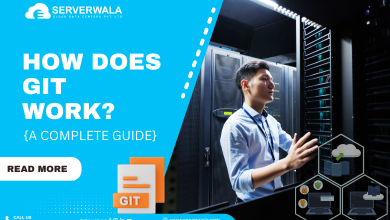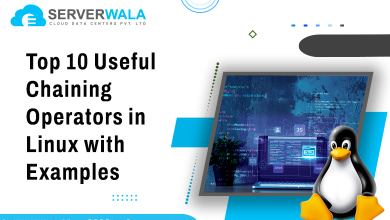-
Linux

Linux Watch Command – Examples And How to Use It?
Introduction When managing Linux systems, monitoring real-time outputs of commands is crucial for maintaining operational efficiency. One of the most…
Read More » -
DevOps

How to find a Word in Vim or Vi Text Editor?
Introduction When working with large files in the Vim or Vi text editor, efficient navigation and editing are crucial. Whether…
Read More » -
DevOps

How To Create Partitions in Linux?
Introduction Management is an essential component of control and productivity. In the world of computers, the control factor depends on…
Read More » -
DevOps

How Does Git Work? {A Complete Guide}
Preface In today’s software development landscape, version control is a cornerstone of effective collaboration and code management. Among the various…
Read More » -
Web Hosting

Plesk vs cPanel: Which Control Panel Is Better for Web Hosting?
Introduction The invention of the control panel was based simply on the client experience and paved the way for further…
Read More » -
Linux

Top 10 Useful Chaining Operators in Linux with Examples
An operator used in between several commands allows you to link them in a chain that executes them based on…
Read More » -
Dedicated Servers

Which Hardware Does a Dedicated Server Have?
Introduction In the always-advancing arena of web hosting, dedicated servers stand as stalwarts of functioning and reliability. These robust machines…
Read More » -
Web Hosting

How AI is Changing the Web Hosting World For Betterment?
Introduction In the consistently advancing arena of technology, Artificial Intelligence (AI) has emerged as an influential force across various industries.…
Read More » -
Colocation

How Colocation Data Centers Are Essential for Your Business Growth?
Introduction In the globe of business and technology, keeping up ahead requires a robust IT infrastructure. Colocation data centers have…
Read More » -
Colocation

The Three Most Common Myths About Colocation
Introduction Welcome to our blog where we unravel some of the most prevalent myths relevant to colocation. In the dynamic…
Read More »
Jannah Theme License is not validated, Go to the theme options page to validate the license, You need a single license for each domain name.
